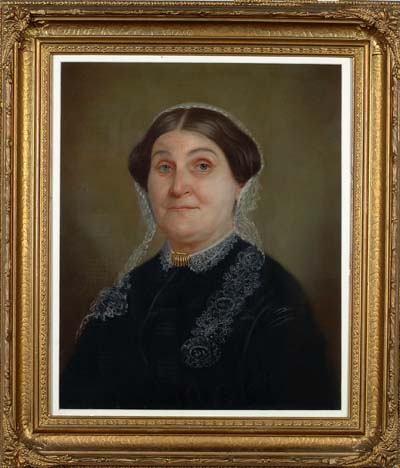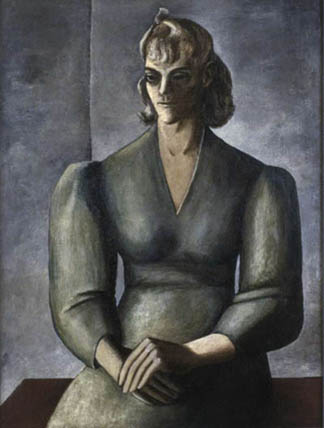seeing things differently

Portrait of Sally Taylor Smith
by Adalbert Wunder

Self Portrait in Green Dress by Gertrude Abercrombie

Figure at Window by Manierre Dawson
Choosing to paint abstractly is to choose an approach to seeing and interpreting the world; it is not a style of painting. As new ideas about abstraction were developed and others discarded, artists of the early twentieth century discovered that each could cultivate a personal approach that suited their need for expression.
The painted portrait is a subject in art that, in Western culture, can be traced to roots in Greco-Egyptian Fayum painting. Throughout time, artists have used this simple compositional treatment to investigate new avenues of media and expression, so it was natural for them to employ it immediately in their search for ways in which they might come to terms with this new way of seeing.
The three images above depict a woman sitting. They are not arranged in chronological order; they are arranged to illustrate the idea that abstraction can be a matter of degree with which any artist might engage — not according to whim, but to the purpose, to the final outcome which he or she seeks.
The grouping begins with a realistic interpretation of the subject: an elderly woman. Through detailed observation, we can guess that she was relatively well-to-do. By reading the expression on her face, we can also surmise that perhaps she was a friendly person, happy with her lot in life.
The next image clearly abstracts the representation of a woman, yet the subject matter remains recognizable. Anatomy has been simplified. Expressive distortion has been promoted. The subject’s eyes are empty sockets.
The final painting moves farther from representation. We can make out a window on the left, a woman’s head with blonde hair in the upper central portion and other elements of anatomy depicted in a space that seems to be in upheaval.